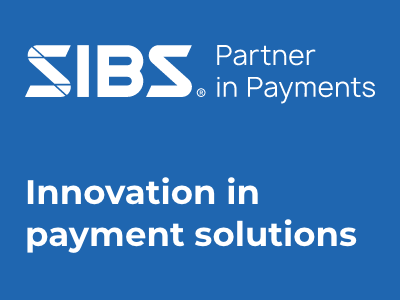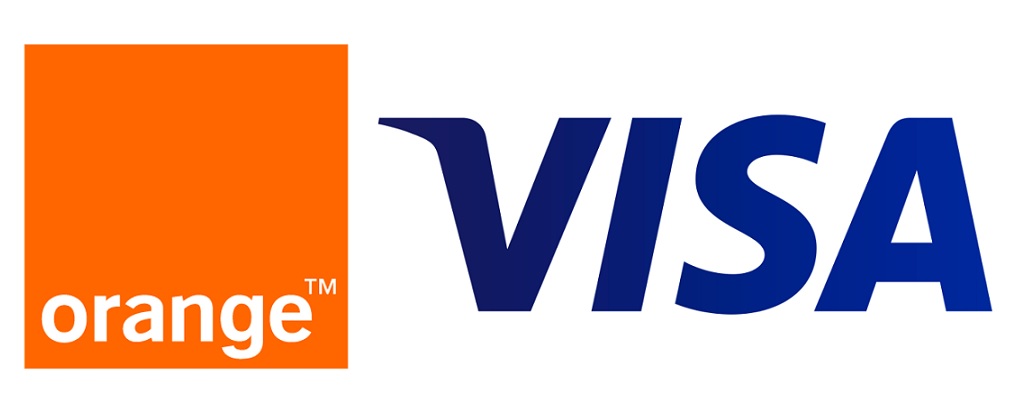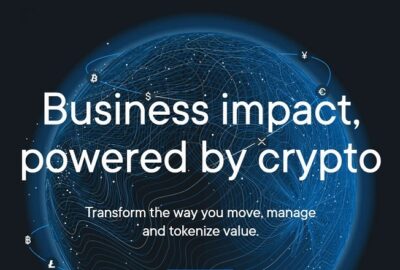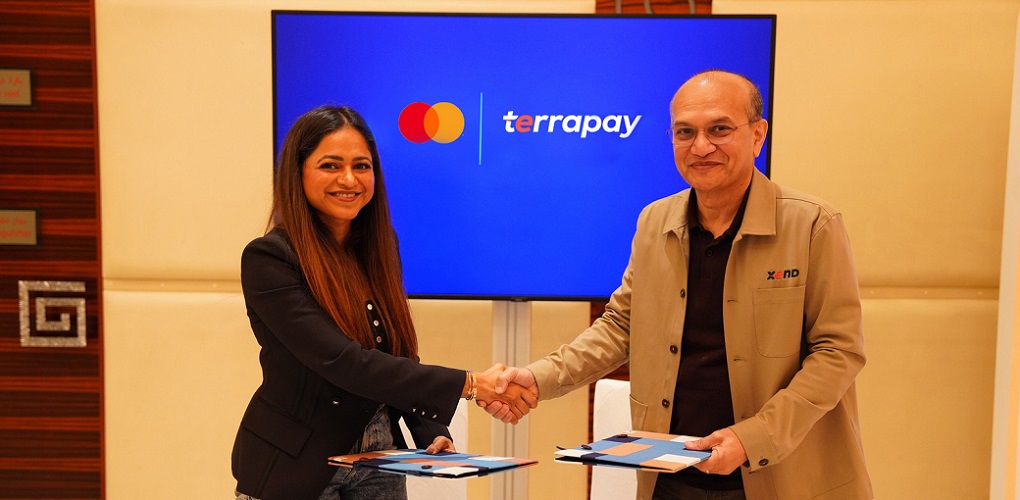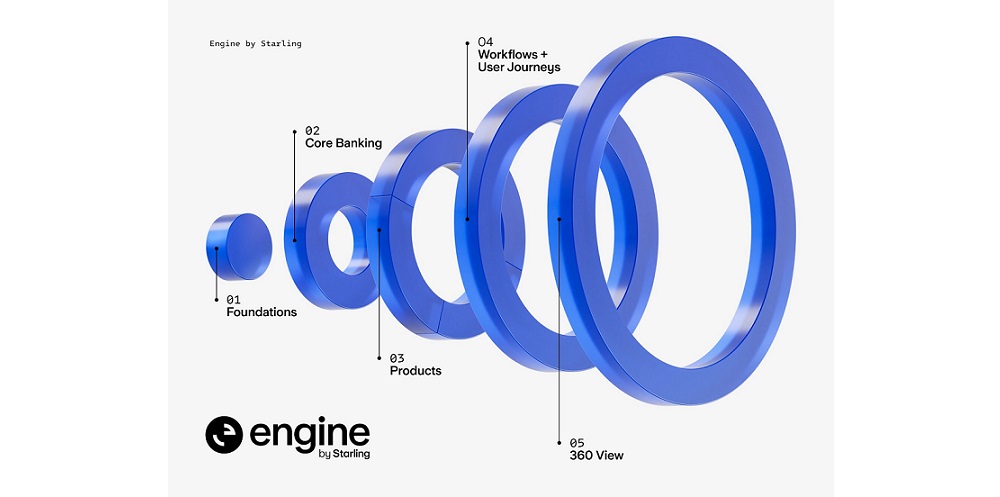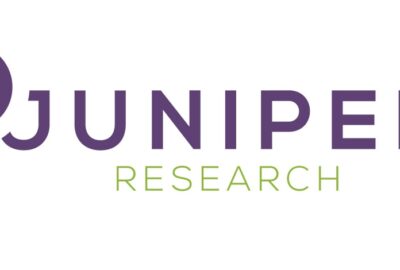Beyond the Hype: The 4 biggest takeaways from CES 2025
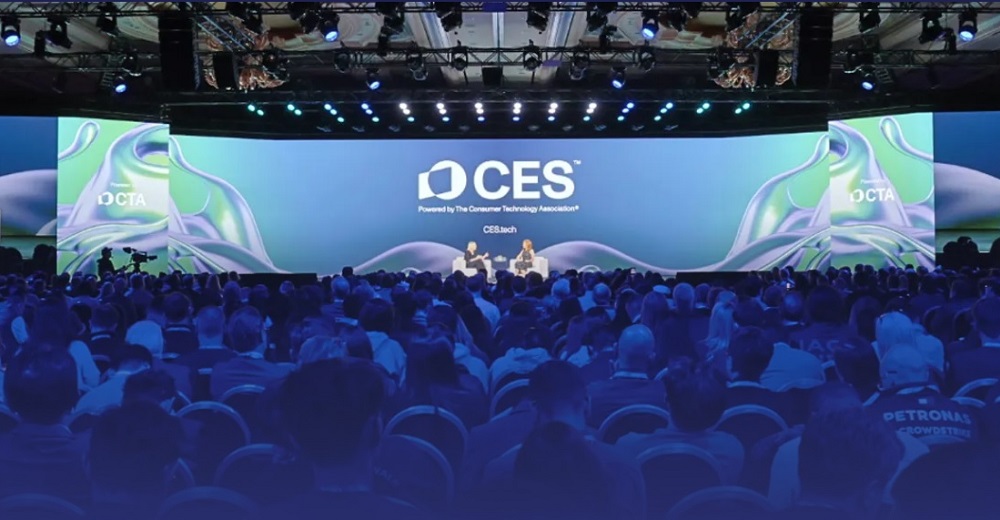
CES, or the Consumer Electronics Show, is one of the most significant technology events of the year; so it’s no surprise that major technology players such as NVIDIA, Google, and Amazon choose this venue to unveil the products and services that, they hope, will influence consumer technology for the year ahead.
While many of this year’s announcements will not have a wide-ranging impact on the broader technology landscape, Juniper Research analysts did note four trends that are poised to drive deeper, more lasting changes in the industry…
#1: Physical AI is Primed for Development, but ROI Remains Elusive
NVIDIA’s CEO Jenson Huang commenced CES 2025 with the opening keynote speech that revealed several pioneering AI announcements from the technology giant. One of the key announcements from NVIDIA was the unveiling of its physical AI platform, NVIDIA Cosmos. Physical AI is defined by NVIDIA as AI that extends current generative AI models by having an awareness and understanding of the spatial relationships and physical behaviour of a 3D or physical world. Physical AI will enable the use of autonomous machines, including robots and self-driving cars.
NVIDIA Cosmos will come with state-of-the-art generative World Foundational Models (WFMs), advanced tokenisers, guardrails and an accelerated video processing pipeline that will aim to accelerate the development of physical AI systems. However, large amounts of data are required to train physical AI systems to successfully navigate a physical world, and NVIDIA’s WFM aims to provide an effortless way to generate substantial amounts of physics-based synthetic data that will facilitate the fast training and evaluation of these physical AI systems. The platform will streamline the process of training; making it more cost and time-effective for end users.
While physical AI is expected to optimise several applications, including self-driving cars, traffic-control systems and surgical rooms, NVIDIA’s Vice President of Omniverse and simulation technology, Rev Lebaredian, identified the industrial sector and predicted that it will bring AI to 10 million factories and 200,000 warehouses.
In addition, NVIDIA announced that they would be furthering its support for agentic AI, with new AI blueprints that simplify the development of AI agents. Agentic AI consists of multiple AI agents that work together to independently set and meet goals based on user input, making them capable of solving complex, multi-layer problems. Whereas generative AI generates results based on patterns it learns in training, agentic AI can generate results by understanding both the context and goal of a task. In collaboration with leading agentic AI providers, including CrewAI, Daily, LangChain, LlamaIndex, and Weights & Biases, NVIDIA’s new AI blueprints integrate NVIDIA’S AI enterprise software platform, NVIDIA NIM microservices and NVIDIA NeMo.
These announcements usher in a new era of AI models with greater contextual understanding that are set to significantly disrupt how enterprises operate, allowing for the automation of key tasks with higher accuracy. However, given the nascency of these two technologies, there are several obstacles that the market must overcome before the widespread adoption of both physical and agentic AI.
Despite NVIDIVA’s efforts to streamline training for physical AI systems, deployment cost will remain substantial and integration into existing systems will remain complex.
Vendors looking to deploy physical AI or agentic AI must focus on providing optimised models that are less resource-intensive and sustainable, allowing for lower maintenance costs. This will make these two technologies accessible to a wider audience and allow for the widespread adoption of both agentic and physical AI in the long run.
Secondly, to build market confidence, vendors deploying physical AI or agentic AI must cultivate portfolios of case studies by partnering with large industry leaders.
This will not only instill confidence in potential users from real-world examples but will also allow them to acquire industry-specific expertise that will allow them to offer unique and value-added services which will allow them to further penetrate the market.
Juniper Research anticipates that, over the next year, large industry leaders will experiment by deploying the technology in sandbox conditions so as to not disrupt well-refined revenue-generating processes. The key to widescale adoption now is proof of return on investment (ROI) – without this, the technology will never progress.
#2: Questions Raised over Quantum Development Timelines & ROI
When questioned by analysts on the outlook for quantum computers, NVIDIA CEO Jensen Huang implied that quantum technology was at least 20 years away; claiming that a return on investment in 15 years would be considered early, and in 30 years, late. This resulted in a plunge in stock of key quantum technology leaders, including IonQ, Rigetti, Quantum Computing Inc and D-Wave Quantum, with shares crashing by almost 40%.
While quantum technology is an exciting prospect, particularly in advanced optimisation solutions that will transform sectors with complex models, such as finance and logistics, there are key challenges which are inhibiting growth in the quantum market. The nature of qubits, which are bits of quantum information, require cryogenic systems that are expensive to operate. In addition, qubits suffer from quantum decoherence; a phenomenon where they lose their quantum state and convert to a classical state due to interactions with their environment.
This can lead to information loss and errors. Quantum error correction methods, which use algorithms to protect quantum information by redundantly encoding quantum information across several qubits, can be used to mitigate these errors, but these methods can be computationally expensive to implement successfully. These two factors therefore add to the high cost of maintaining a quantum computer, let alone purchasing one, making quantum technology difficult to access for substantial portions of the market.
While these hybrid quantum classical computers cannot perform on the same level as quantum computers, they currently provide an assured method of achieving optimised quantum computing in real-world scenarios, without the challenges quantum and supercomputers currently face.
A good example of is this the solution that Q-CTRL provided for the Australian Army’s convoy in February 2024. Its task was to find the most optimised route for travelling, saving costs and time. Previously, quantum computing solutions had been an issue, due to error detection and correction, as well as noise. However, quantum company Q-CTRL deployed a hybrid solution, which was able to provide a highly optimised route for the army.
The popularity of offering quantum-as-a-service (QaaS) is also growing; allowing companies to access quantum computing without the high implementation and maintenance costs. Although prices remain high compared to other ‘as-a-service’ business models, it has greatly increased accessibility of quantum computers.
These two solutions, combined with large government investments particularly from countries such as the US, China, the UK, Japan, South Korea, Germany and France, will drive a large amount of innovation in the quantum technology market. Juniper Research anticipates that global cumulative investments will reach $45 billion by the end of 2025; a 139% increase from 2023. This will be driven by a quantum technology race between the key leading countries mentioned above, with governments focused on ensuring that they remain up to date on quantum innovations, particularly those relating to national security.
Although quantum technology is physically fragile, and expensive to implement and maintain, its development is similar to AI, which has seen increasing investment over the last decade and is now considered a well-established and well-defined technology. Depending on the model, AI can be computationally expensive and time consuming to train to start obtaining highly precise results.
Read the full article here to find out the other trends.
Dariusz Mazurkiewicz – CEO at BLIK Polish Payment Standard
Banking 4.0 – „how was the experience for you”
„To be honest I think that Sinaia, your conference, is much better then Davos.”
Many more interesting quotes in the video below:
